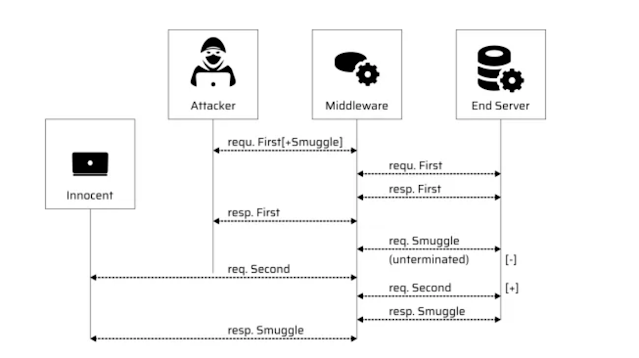HTTP/3 Explained: Faster, Safer Internet Protocol

HTTP/3: The Next Generation of Web Communications The Internet has come a long way since the introduction of the first version of the Hypertext Transfer Protocol (HTTP) in 1991. The evolution of the web has led to the development of new technologies, with the most recent being HTTP/3 protocol , the third version of the HTTP protocol. In this blog, we will discuss what HTTP/3 is, its benefits, and how it differs from previous versions of the HTTP protocol. HTTP/3 protocol provide several benefits , improving web performance with low latency and enhanced security This blog will help you learn - What Is HTTP/3? Benefits of HTTP/3 HTTP/3 vs HTTP/2: Key Differences Why HTTP/3 Matters for Developers and Users Final Thoughts on HTTP/3 What is HTTP/3? HTTP/3 is the third version of the HTTP protocol and is designed to be a faster and more efficient way of transmitting data over the Internet. HTTP/3 was developed as a response to the growing demands of modern web ...




